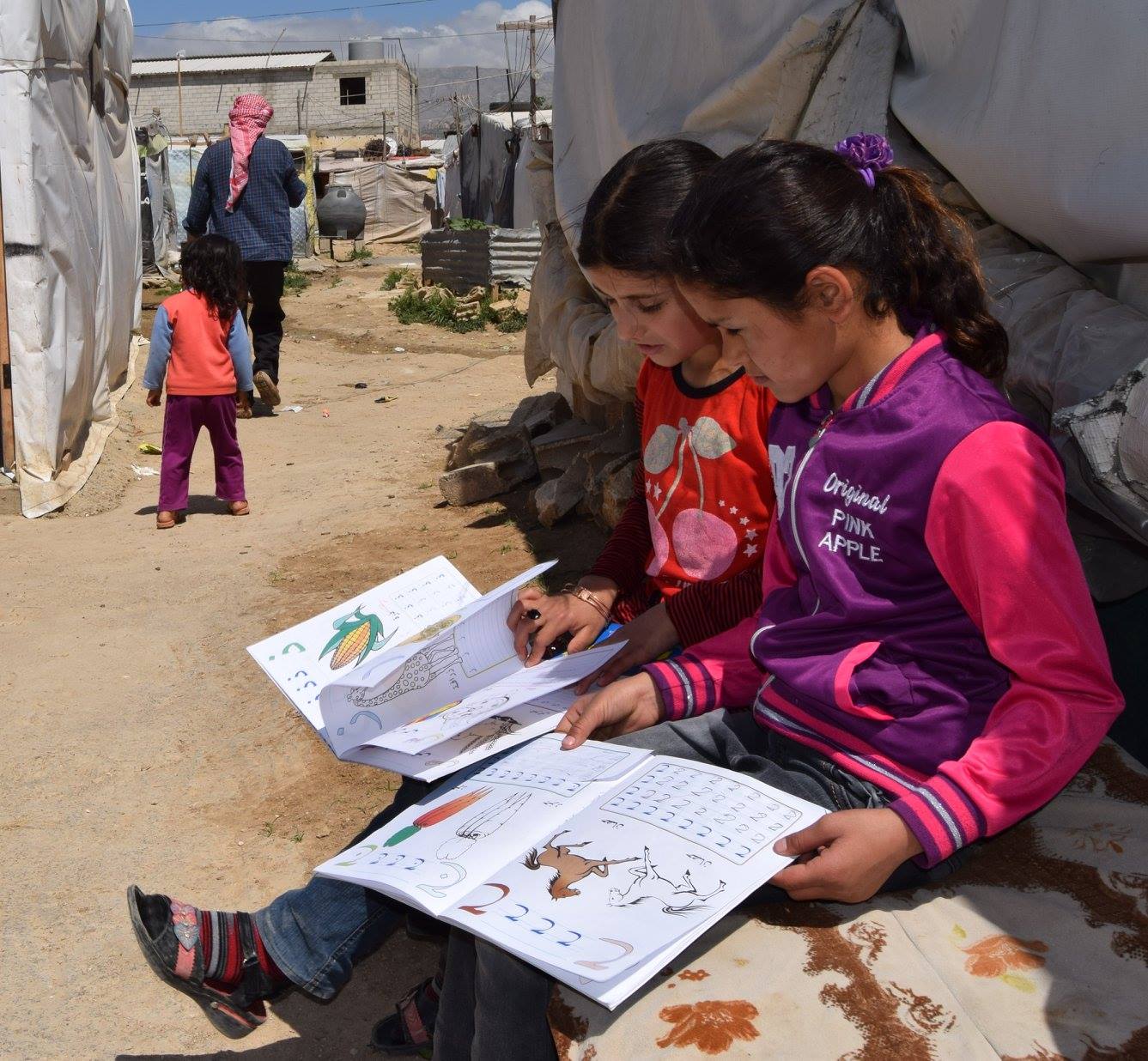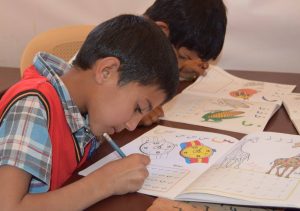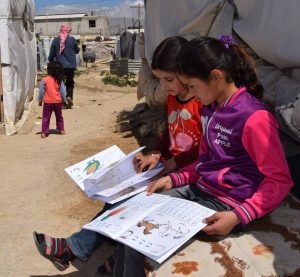 International (MNN) — Meeting the needs of refugees and displaced persons worldwide seem to be impossible. However, Tent Schools International’s Dale Dieleman is researching refugee trends to better strategize what can be done for these marginalized people “so we are not blindsided by developments and that we can help to prepare those that we serve.”
International (MNN) — Meeting the needs of refugees and displaced persons worldwide seem to be impossible. However, Tent Schools International’s Dale Dieleman is researching refugee trends to better strategize what can be done for these marginalized people “so we are not blindsided by developments and that we can help to prepare those that we serve.”
In his research, Dieleman has noted three major developments that will likely shape the refugee and displaced persons’ crises in 2018:
1. Natural Disasters
“One is that there’s going to be more disaster-related persons. In other words, as we have seen with the hurricanes last year and earthquakes in Mexico, etc., we can anticipate a lot more internally displaced [people],” Dieleman says.
The United Nations High Commissioner for Refugees (UNHCR) reports about 65.6 million people have been forced from their homes whether by war, political instability, or persecution. Yet according to Internal Displacement Monitoring Centre (IDMC) more people have been displaced by natural disasters than anything else between the years of 2008 and 2016 and it looks to be recurring. In 2016 alone, 24.2 million people were displaced by natural disasters.
With the hurricanes, tsunamis, and earthquakes that dominated 2017, hundreds of thousands have lost their homes and been forced to move elsewhere.
“There’s going to be a lot more of these events, catastrophic events in terms of natural disasters, and we have to be prepared as an organization how we are going to be able to meet the needs of persons who are suffering through these experiences, particularly because of the long-term recovery time that it would take to get back to some sense of normalcy.”
2. Reintegration

(Photo courtesy Tent Schools International via Facebook)
The second major development Dieleman has noted is the reintegration of refugees returning from their host countries to their home countries. European nations have already begun implementing plans to send rejected asylum seekers back to their home countries, including paying individuals and families to return.
As refugees return, families will be put under further pressure as some conflicts have not been completely settled. Dieleman says this pressure will also be on relief organizations.
“There’s the issue of reintegration back to their own countries and there’s going to be a lot of upheaval [and] turmoil. It’s sort of like being a refugee two times because now you’re going from your host country back to your other country – your home country. And that’s going to put a lot of stress on organizations too, in terms of how they’re going to participate in that re-entry process.”
3. Continued Flow
The final development noted by Dieleman is the continuous flow of refugees across borders. Refugees continue fleeing from the Middle East into Europe, South Sudan into Uganda, and Myanmar into Bangladesh in order to find safety for themselves and their families. These refugees are escaping the violence and persecution that has devastated their home countries and cost hundreds of thousands of lives.
While some areas, such as Iraq and Syria, have become less violent, particularly over the last year, “there’s still areas they’re predicting that are going to be more and more contentious and forcing people to leave,” Dieleman says.
How to Respond
To give the hope of a brighter future, Tent Schools is equipping and raising up refugee and displaced children by educating them in refugee camps. Many of these children have been out of school for years due to the crises that have surrounded them.
Another way to equip hurting individuals and families is by providing services “that are going to help people stand on their own two feet, either as small entrepreneurial ventures ,or giving people job skills where they can work for larger organizations.”
However, with 65.6 million refugees and Internally Displaced Peoples (IDPs), Tent Schools can’t meet every need on their own. The best way to respond is by teaming up with other faith-based organizations that serve others and share the name of Jesus Christ.
Dieleman says often, this is hard for non-profits to do because they rely solely on donations and there’s always the chance of donors shifting to another organization.
Even so, “we can’t let that stop us in terms of our need to collaborate,” he says. “Every organization has strengths that other organizations don’t have and we should be relying on who can do what the best for refugee and displaced families. That’s one of the things that we as Christian organizations, I believe, need to put out there in the forefront for 2018. Let’s collaborate, let’s share information, let’s share where we are, let’s share what we’re doing, and let’s help people.”

(Photo courtesy Tent Schools International via Facebook)
Each of these major developments reminds Tent Schools to be prepared for the future so they can respond in the best ways possible whether that’s to refugees fleeing violence, people displaced by natural disasters, or those going back to their unstable home countries.
How You Can Get Involved
Tent Schools invites you to step forward to help respond to the international refugee and displaced persons’ crisis. You are so valuable in assisting those who have lost almost everything. Whether you can give financially or volunteer your time, you can make a difference. Just as Dieleman says: everyone has strengths someone else doesn’t have. A refugee may need your help to thrive again.
“We can work with them. We can help them discover ways they can use their gifts to serve the Lord and to serve those who He dearly cares about around the world, those who are marginalized people, the people who need Christ.”
Source: http://www.mnnonline.org/
